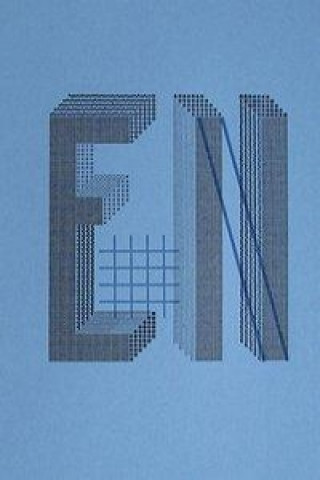
Kód: 12811447
E.N.
Autor Davide Cascio, Egija Inzule
As an expanded system of footnotes to the works by Davide Cascio, the catalogue collects texts and images which circle around the idea of esprit nouveau thinking. In his essay Francesco Pedraglio explains the methodology of Davide ... celý popis
- Jazyk:
 Angličtina
Angličtina - Vazba: Brožovaná
- Počet stran: 128
Nakladatelství: Spectormag GbR, 2011
- Více informací o knize

721 Kč
Dostupnost:
50 % šance Máme informaci, že by titul mohl být dostupný. Na základě vaší objednávky se ho pokusíme do 6 týdnů zajistit.
Máme informaci, že by titul mohl být dostupný. Na základě vaší objednávky se ho pokusíme do 6 týdnů zajistit.Prohledáme celý svět
Mohlo by se vám také líbit
-

Emerie's Reading Log
256 Kč -
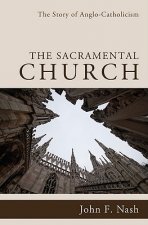
Sacramental Church
908 Kč -
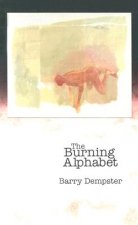
The Burning Alphabet
498 Kč -
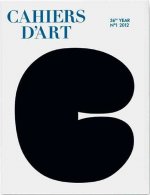
Cahiers D'Art Revue, No. 1, 2012, French Language Edition: Ellsworth Kelly
2671 Kč -
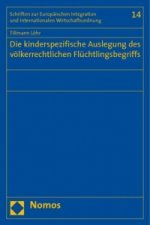
Die kinderspezifische Auslegung des völkerrechtlichen Flüchtlingsbegriffs
2103 Kč -
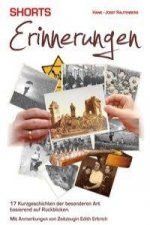
Shorts: Erinnerungen
251 Kč -
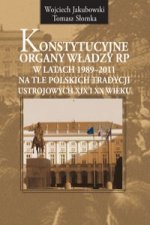
Konstytucyjne organy wladzy RP w latach 1989-2011
412 Kč
Darujte tuto knihu ještě dnes
- Objednejte knihu a zvolte Zaslat jako dárek.
- Obratem obdržíte darovací poukaz na knihu, který můžete ihned předat obdarovanému.
- Knihu zašleme na adresu obdarovaného, o nic se nestaráte.
Informovat o naskladnění knihy
Zadejte do formuláře e-mailovou adresu a jakmile knihu naskladníme, zašleme vám o tom zprávu. Pohlídáme vše za vás.
Více informací o knize E.N.
Nákupem získáte 72 bodů
 Anotace knihy
Anotace knihy
As an expanded system of footnotes to the works by Davide Cascio, the catalogue collects texts and images which circle around the idea of esprit nouveau thinking. In his essay Francesco Pedraglio explains the methodology of Davide Cascio's frail dialectic between potential future utopias and past artistic phenomena. Additional essays by Annette Amberg and Luigi Fassi mention the programmatic magazine L'Esprit Nouveau founded by Le Corbusier in 1918, the pavilion constructed by Le Corbusier in 1925 for the International Exhibition of Decorative Arts in Paris and Le Cabanon: Le Corbusier's summer cabin, a tiny bolthole built in the south of France in 1952 for his wife. Antje von Graevenitz discuss the architecture of Monte Verita, while Vita Banga relates how the Latvian modernist architect Marta Stana turned the summer house into a kind of functional escape from the confining ideological borders of the Soviet regime in Latvia in the 1960s. A visual essay by Davide Cascio goes along with the texts. »Gusto Gräser refused to live in a hut and was against the use of money. For stretches he would live in the niche of a church or in a small grotto, always seeking a brave woman to live with him there.« (Antje von Graevenitz, For Light and Air: Self-Determination on Monte Veritŕ, 2008.)
 Parametry knihy
Parametry knihy
721 Kč
- Plný název: E.N.
- Autor: Davide Cascio, Egija Inzule
- Jazyk:
 Angličtina
Angličtina - Vazba: Brožovaná
- Počet stran: 128
- EAN: 9783940064103
- ISBN: 3940064106
- ID: 12811447
- Nakladatelství: Spectormag GbR
- Hmotnost: 195 g
- Rozměry: 230 × 330 × 13 mm
- Datum vydání: March 2011
Oblíbené z jiného soudku
-

Dune
216 Kč -

Haunting Adeline
621 Kč -

Berserk Deluxe Volume 2
1092 Kč -

White Nights
89 Kč -

Powerless
268 Kč -

Atomic Habits
330 Kč -

Dune Messiah
228 Kč -

Berserk Deluxe Volume 3
1142 Kč -

One Day
221 Kč -

Berserk Deluxe Volume 1
1115 Kč -

Iron Flame
368 Kč -

Surrounded by Idiots
213 Kč -

Harry Potter and the Prisoner of Azkaban (Minalima Edition)
993 Kč -

Gravity Falls Journal 3
443 Kč -

Heaven Official's Blessing: Tian Guan Ci Fu (Novel) Vol. 1
420 Kč -

The Creative Act
568 Kč -

Dune
276 Kč -

Hunting Adeline
624 Kč -

A Little Life
290 Kč -

Children of Dune
230 Kč -

Heaven Official's Blessing: Tian Guan Ci Fu (Novel) Vol. 2
427 Kč -

Bungo Stray Dogs, Vol. 8 (light novel)
383 Kč -

Percy Jackson and the Olympians 5 Book Paperback Boxed Set
944 Kč -

Solo Leveling, Vol. 1
440 Kč -

The Prisoner's Throne
247 Kč -

Court of Thorns and Roses
268 Kč -

Cry Baby Coloring Book
276 Kč -

Fourth Wing
407 Kč -

Icebreaker
199 Kč -

Berserk Deluxe Volume 6
1089 Kč -

Avatar, the Last Airbender: The Kyoshi Novels (Box Set)
986 Kč -

The 48 Laws of Power
608 Kč -

House of Leaves
611 Kč -

Twisted Lies
213 Kč -

Dune Messiah
272 Kč -

No Longer Human
359 Kč -

48 Laws Of Power
331 Kč -

Twisted Games
213 Kč -

Caraval Paperback Boxed Set
902 Kč -

Solo Leveling, Vol. 2
543 Kč -

Open Circuits
907 Kč -

Berserk Deluxe Volume 5
1119 Kč -

Heaven Official's Blessing: Tian Guan Ci Fu (Novel) Vol. 3
436 Kč -

Berserk Deluxe Volume 4
1125 Kč -

Court of Mist and Fury
206 Kč -

SOLO LEVELING V08
436 Kč -

English File Upper Intermediate Multipack A (4th)
531 Kč -

CHAINSAW MAN V14
254 Kč -

Before the Coffee Gets Cold
184 Kč
Osobní odběr Praha, Brno a 12903 dalších
Copyright ©2008-24 nejlevnejsi-knihy.cz Všechna práva vyhrazenaSoukromíCookies


 Vrácení do měsíce
Vrácení do měsíce 571 999 099 (8-15.30h)
571 999 099 (8-15.30h)